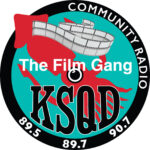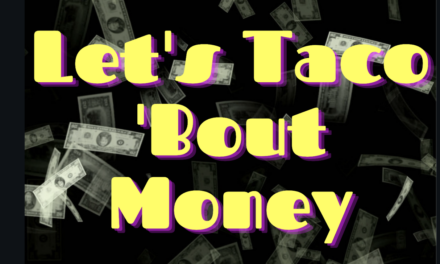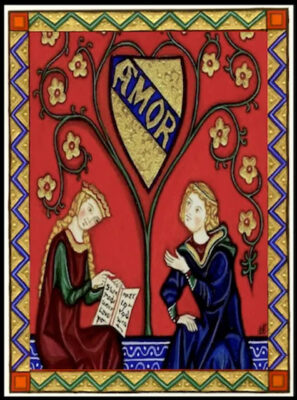
With his 2009 film, Inglourious Basterds, Quentin Tarantino indulged in familiar pet themes of loyalty, retribution, and skewed moral rectitude. What changed was the genre he chose as his canvas, the World War II movie. But his talent for subverting genre conventions was at its peak. Inglourious Basterds has no battalions or exploding artillery; virtually all of the action is in the dialog, with brilliantly written wordplay creating Hitchcockian suspense built around the threat of violence. When violence does erupt it’s all the more effective for its explosiveness and brevity, creating moments of such intensity it’s easy to imagine there was more than there actually was. In fact, there’s less than five minutes total – remarkably little considering it’s a war movie with a two and a half hour running time.
Two plots intertwine. The first features Brad Pitt as Lieutenant Aldo Raine leading Jewish-American GI’s, collectively known as The Bastards, into enemy-occupied territory to terrorize and kill Nazis. That is, until they come under new orders to infiltrate the German premiere of Joseph Goebbels’ latest propaganda film. Their mission: blow up the theater hosting the event, and with it, most of Hitler’s high command. At the same time, vengeance is being pursued by a young French woman named Shosanna, played by Mélanie Laurent, who was orphaned by the Nazis. As fate would have it, she owns the theater where Goebbels’ gala event is taking place. Both plans unfold with neither side knowing about the other. That the film eventually diverges from historical accuracy into the realm of fantasy is foreshadowed in the title of the first chapter: “Once upon a time… in Nazi-occupied France.”
Tarantino’s formidable instincts when it comes to casting deserve special mention. Inglourious Basterds introduced Michael Fassbender and Mélanie Laurent to a wider audience and gave Diane Kruger one of her best roles to date. Most memorable, however, is the scene-stealing, Oscar-winning performance given by the hitherto unknown Christoph Waltz as SS Colonel Hans Landa, also known as The Jew Hunter, a fastidious über-intelligent linguist who exerts an almost hypnotic psychological dominance over his prey.
Inglourious Basterds reflected the zeitgeist of its decade with its depiction of fighting terror with terror, guerilla warfare, and suicide bombers. It also delivered a sly commentary on how effectively cinema could be exploited during wartime. More audaciously, history itself is completely rewritten. And, as with all of Tarantino’s work, Inglourious Basterds provides film buffs the chance to play connect-the-cinematic-dots, with references ranging from Cinderella to Andy Warhol’s Flesh for Frankenstein. In the final analysis, though, Inglourious Basterds represents a heart-shaped box of chocolates and two-dozen roses in honor of Tarantino’s first love: Cinema. In Tarantino’s meticulously crafted world, what matters most is theaters, movies, and motion picture history. It’s a world where a famous movie star and a theater manager hatch separate plans to topple the Third Reich, a film critic is instrumental in an effort to end the war, and a red-carpet movie premiere is where history arrives at crossroads. Inglourious Basterds shows the power of film as both a wartime weapon and an elemental force – dangerous as propaganda, incendiary when ignited.
For KSQD’s Film Gang, this is Paul Kanieski












Trackbacks/Pingbacks